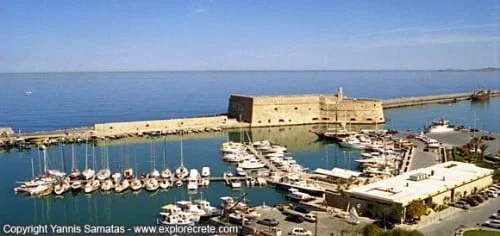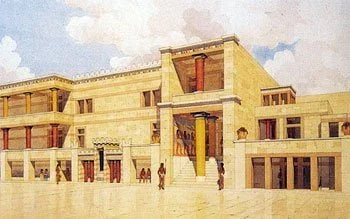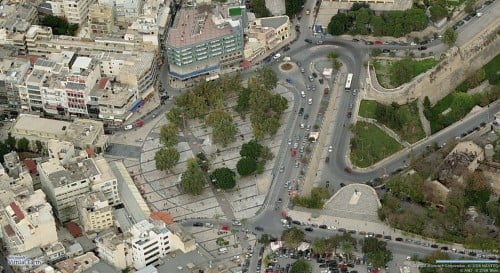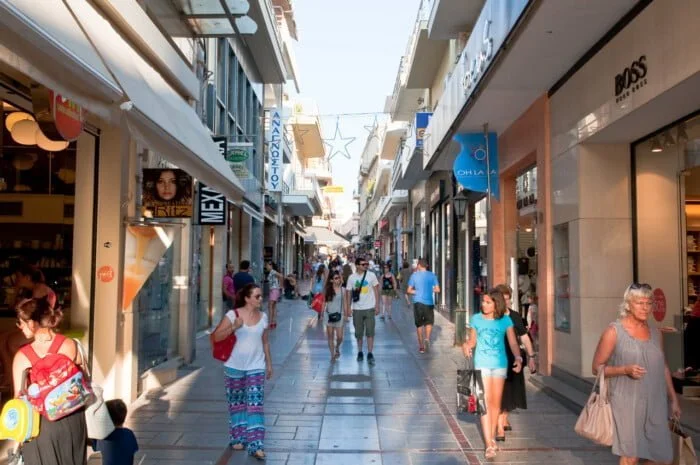History of Heraklion Airport
Today, the Heraklion Airport is one of the largest and busiest airports in Greece, serving as the main international gateway of Crete. But just like any airport in any major destination in the world, the Heraklion Airport also came from small beginnings.
The Creation of the Heraklion Airport
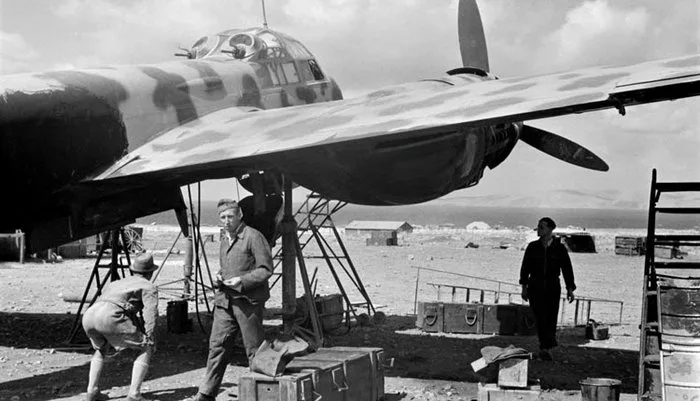
The Heraklion Airport was the concept that came out of the decision made by then Greek Prime Minister Eleftherios Venizelos in 1931 to build an airport in the area. The site chosen for the new airport was Rousses, an area around three kilometres away from the town of Heraklion.
There were many factors that influenced the establishment of an airport in Heraklion, but the primary reason was given by Alexandros Zanas, who was the Minister of Aviation at that time. As stated by Minister Zanas, foreign airlines like KLM preferred Heraklion “on account of tourism and the antiquities.”
Work on the new airport was started in 1932, but lack of sufficient funding put a halt to the construction. The project was begun again in 1937, five years later, and was completed on March 12 of that year. The first vessel landed on Heraklion airport on March 19 at 8:30 am, with dozens of people present as witnesses to the landing. The vehicle was a Junkers Ju52, with Ioannis Tsoukas as its pilot. This 14-passenger plane belonged to the Greek Company of Air Transport.
The year 1941 put a stop to the operations of the Heraklion Airport because of the Second World War.
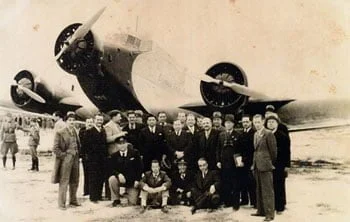
After World War II
Five years after it was forcedly stopped, operations in Heraklion Airport began once again in the autumn of 1946. The planes using the runway were mostly DC-3 models.
Besides the runway, the Heraklion Airport barely had any facilities to offer back then. Tents served as airport buildings. One tent housed the Airport Administration Office while another served as offices for the airlines making use of Heraklion Airport. A third tent was used to accommodate passengers and visitors.
The runway itself was lit up by storm lamps. Figuring out the wide direction intensity, on the other hand, was done by watching smoke produced by burning dry grass.
Post-War Improvements on Heraklion Airport
All these changed by 1947, when the tents were replaced by a small building to hold offices and a lounge for passengers. On the following year, Heraklion Airport became connected with other airports within and outside Greece through the initiative of a company called Elias. In that year, passenger volume increased to 4,000.
The year 1953 saw the construction of a new runway that is 1,850 metres long. The following year was also a landmark year for Heraklion Airport, when a four-engine DC-4 airplane that can carry 64 passengers landed for the first time on its runway. The plane belonged to TAE Airlines, and it heralded the coming of many other planes of that size. Passenger volume for 1954 increased to 18,000.
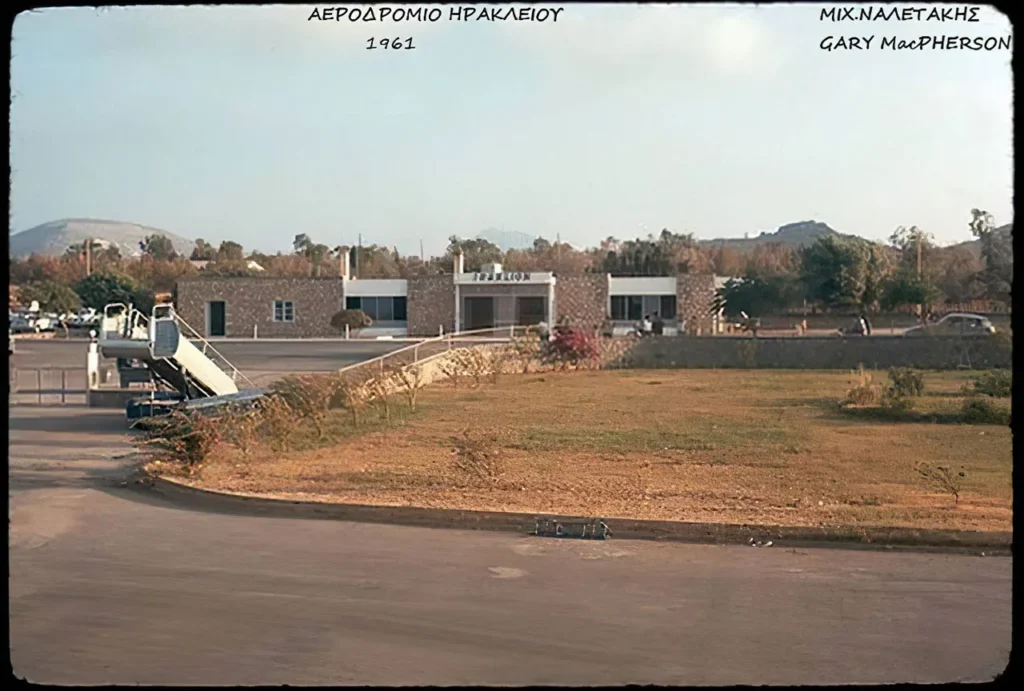
The continued growth of operations at the Heraklion Airport prompted Olympic Airlines, then a new airline, to begin flying between Heraklion and Athens via Heraklion Airport in 1957. Olympic Airlines deployed DC-6B planes with a capacity of 95 passengers. This development further increased the traffic in Heraklion Airport.
The growing volume of passengers passing through Heraklion Airport led its authorities to construct a new airport building in 1971. Additional buildings and parking space for airplanes were built during the tail end of the 1980s to accommodate traffic even further.
Today, more improvements are currently underway at Heraklion Airport. As the demands upon the airport increase, the pressure to provide better facilities also increases. The goal is to make the life of passengers using Heraklion Airport easier and safer, and at the same time addressing environmental issues affecting it.
The new Heraklion airport at Kastelli
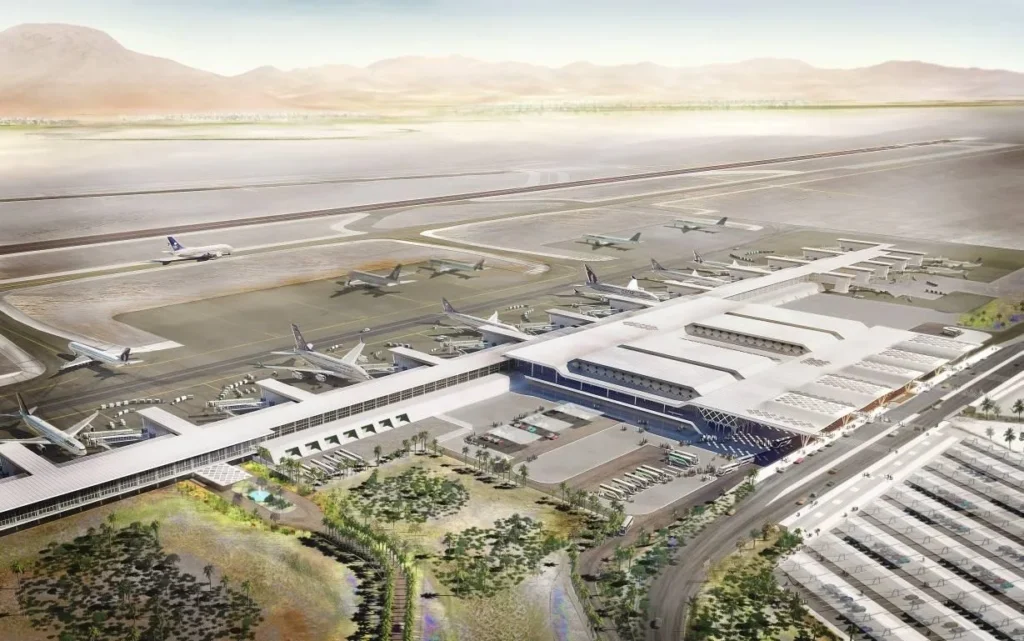
The construction of the new Heraklion International Airport at Kastelli, Crete, represents a major infrastructure development for the island. The project will replace the existing “Nikos Kazantzakis” airport, currently the second busiest in Greece. According to the latest updates, Kastelli Airport is expected to be operational between 2026 and 2027.
The airport is designed to initially handle 11 million passengers a year, with the potential to expand to 17 million passengers over 30 years. The project includes the construction of a 72,000 square metre terminal, a 3,200 metre runway and 27 aircraft parking positions.
The airport will be built on a 600 hectare site adjacent to the current military airport at Kastelli, about 40 kilometres from the city of Heraklion. The project also includes the construction of a 17 kilometre road linking the airport to the A90 motorway along the north coast of Crete.
© explorecrete.com All Rights Reserved. Reproduction or copying without permission is prohibited.

